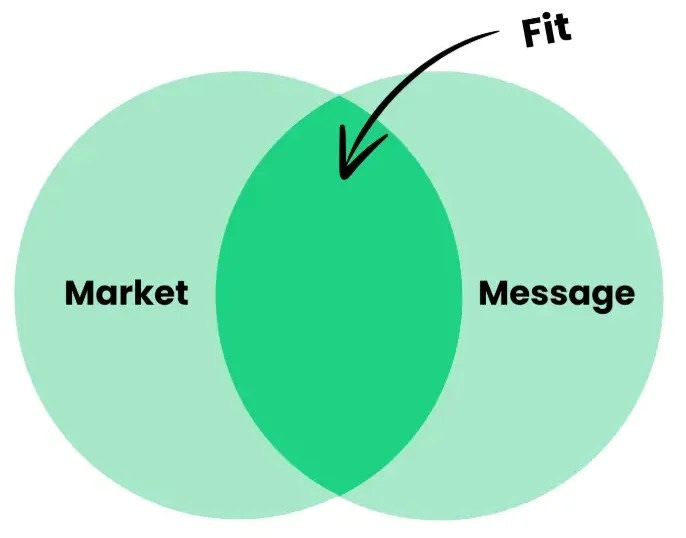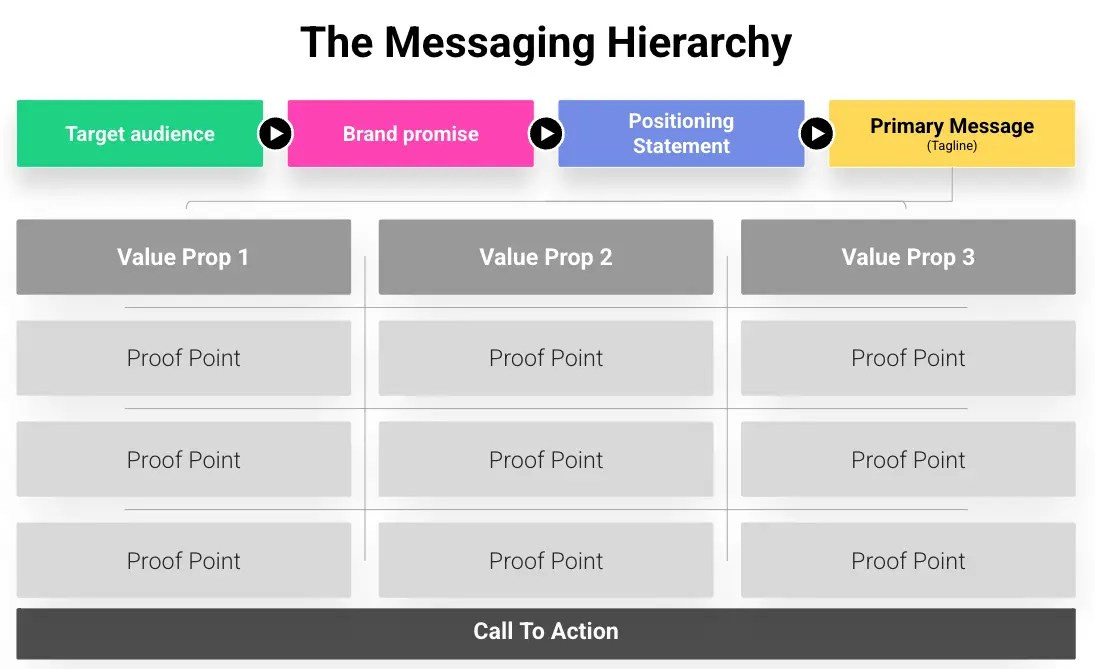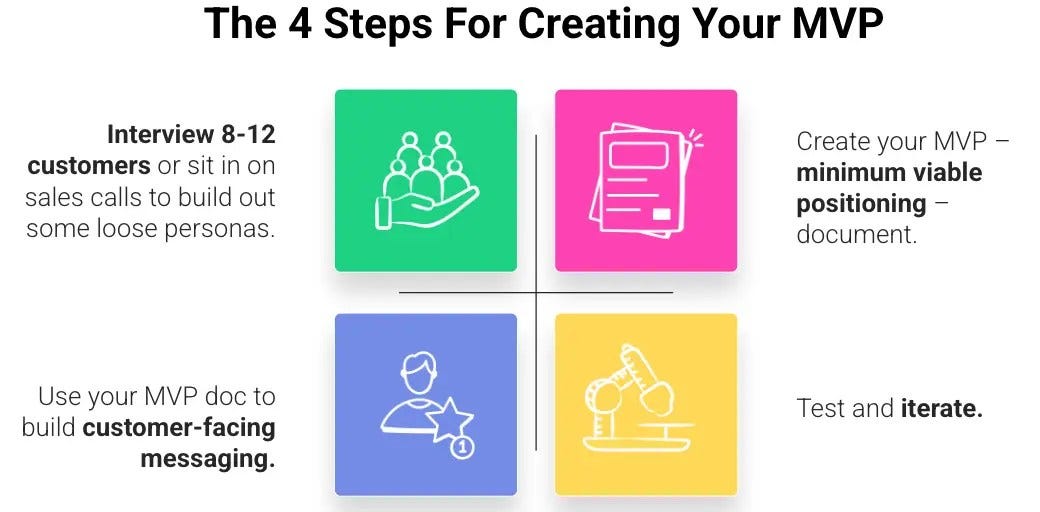Cracking the Differentiation Code: Why Messaging Trumps Product in Health Tech
The days of 'build it and they'll come' are over. What once made it easy to stand out is now challenging with increased competition. But building strong messaging doesn't have to be complicat
The Shifting Health Tech Landscape
The days of “build it and they’ll come” are over. Just look at what’s happened to the health tech space:
Tech startups have exploded from 20,000 to over 50 million according to recent research from DemandSage that shows “50 million new startups are established every year”
Developer numbers have increased to around 28.7 million by 2024 according to Statista with projections showing the global developer population reaching 28.7 million people by 2024
Daily ad exposure has jumped significantly. While estimates vary widely, research suggests people are exposed to hundreds of ads daily, with some sources citing figures from a few hundred to several thousand with “estimates suggest[ing] that we are exposed to anywhere from 4,000 to 10,000 ads daily”
What does this mean for you? Even with exceptional technology, you’ll struggle to get noticed without strategic messaging that speaks directly to your buyers’ needs.
Moving From Product-Market Fit To Message-Market Fit
We all understand product-market fit – that milestone when your solution perfectly addresses a market need. But there’s another critical achievement many health tech leaders overlook: message-market fit.
Message-market fit focuses on how appealing your messaging sounds to your ideal customer, rather than just highlighting your product features. You need to clearly communicate:
What makes your organization unique
The specific need your solution fulfills
How it directly impacts your customers’ daily challenges
Why they should choose you over alternatives
Without message-market fit, even the most advanced solutions can stall and fail to gain traction.
Understanding Your Healthcare Buyers: ICPs and Personas
The first step toward effective messaging is understanding exactly who you’re speaking to. This requires clarity on two distinct but complementary frameworks:
Ideal Customer Profile (ICP): These are the organizational characteristics of companies most likely to find value in your solution: industry, revenue, location, employee count, etc.
Buyer Personas: This is where your ICP comes to life, going beyond demographics to uncover motivations, pain points, behaviors, and preferences of the actual people making decisions.
The magic happens when these two frameworks align. Your ICP guides where to direct your marketing efforts, while your personas help you connect with decision-makers on a personal level.
For example, if your ICP is “urban health systems in the Southern US,” your persona might be “Rebecca, Chief Medical Officer.” This enables you to speak not just about how your solution impacts the organization, but how it addresses Rebecca’s specific pain points, aspirations, and day-to-day challenges.
Navigating the Healthcare Influence Maze
Healthcare buying decisions rarely come down to a single person. According to Gartner, complex B2B purchases typically involve buying committees of 6-10 decision-makers, with healthcare purchases sometimes including up to 11 stakeholders or more for complex B2B solutions Madison Logic.
While targeting the ultimate decision-maker (the one with budget authority) is important, don’t overlook the critical influencers within the organization:
IT specialists evaluating technical requirements
Clinical leaders assessing patient impact
Operations managers considering workflow integration
End users who will actually implement your solution
These influencers connect your product’s value to the organization’s specific needs and communicate that internally. When the final decision is made, the C-suite relies on these trusted internal voices more than any marketing material you could produce.
Building Your MVP (Minimum Viable Positioning)
Developing effective positioning doesn’t have to be complicated. Start with a “minimum viable positioning” document that includes:
Brand Promise: The commitment you make to customers about what they can expect
Positioning Statement: How you want to be perceived in the market
Primary Message/Tagline: A brief, memorable statement that captures your essence
Value Propositions: The specific value you deliver and what makes you different
Proof Points: Evidence (data, testimonials, case studies) that supports your claims
Primary Call to Action: The one key action you want prospects to take
Remember, positioning is internal. It guides how you think about your place in the market. Messaging is external. It’s how you communicate that position to customers.
To create your MVP document, start by interviewing customers or listening to sales discovery calls. Look for patterns in why they’re considering your solution, what problems they’re trying to solve, and what features matter most to them. Use these insights to prioritize your messaging points.
Common Messaging Pitfalls
Even with the best intentions, health tech companies often stumble into these messaging traps:
1. Not niching down enough
Instead of trying to serve everyone (and ending up as one of many), focus on dominating a specific segment where you can be THE solution, not just another option.
2. Over-emphasizing features and technology
Everyone claims to be “AI-enabled” these days, so it’s no longer a differentiator. What can’t be replicated are your unique stories, customer successes, and proprietary data.
3. Lack of clarity
Your number one messaging goal should be clarity. Be crystal clear about:
Who your solution is for
What value it delivers
How it makes lives better
What action prospects should take next
If you confuse them, you lose them. They’ll simply find a competitor who makes it easier to understand their value.
Would your messaging pass the clarity test if you read it aloud to someone outside your industry? Try it. You might be surprised by what you learn.
Learning from Success: Lyra Health's Messaging Framework
For a real-world example of effective health tech messaging, look at Lyra Health, a digital mental health company serving major clients like Zoom and Morgan Stanley.
Their approach balances emotional appeal (“care for your employees”) with rational business benefits (“transformative value for your business”). Their framework includes:
Tagline: “Mental health care for every person, every day, and every need”
Value Props:
Concierge member experience
Exclusive global network
Workforce transformation
Proof Points:
10x utilization over traditional EAPs
88% of members show improvement with care
$2,000+ per member per year reduction in healthcare claim costsCall to Action: “Schedule your free consultation”
What makes this effective is how it simultaneously addresses multiple stakeholders, focuses on outcomes rather than just services, and backs claims with concrete evidence.
Moving Forward with Strategic Messaging
Developing your messaging framework requires time (expect 2-6 months for full implementation). During this period, continue running tactical campaigns to maintain immediate results while building your long-term strategic foundation.
Remember to test different messages, measure their impact through engagement and conversion metrics, and continuously refine based on customer feedback and sales team insights.
Strategic, audience-focused messaging that speaks directly to both organizational needs and personal pain points changes how healthcare buyers perceive and ultimately choose your solution.
If you’re struggling to differentiate your health tech company, I can help. Through my Marketing Strategy Clinic, I’ll audit your current positioning, messaging, and marketing efforts to develop a 90-day strategy tailored to your specific challenges. Reach out to learn more.
The post Cracking the Differentiation Code: Why Messaging Trumps Product in Health Tech appeared first on The Hybrid CMO.
About the Author
Heather Lodge, Fractional Chief Marketing Officer, The Hybrid CMO
Heather helps growing health tech and healthcare service companies transition from ‘spaghetti-against-the-wall’ marketing to scalable operations so they can go toe-to-toe against better-funded rivals. She helps establish clear market positioning, develop focused account-based marketing programs and build the systems and teams needed to scale effectively. Heather’s approach combines strategic leadership with hands-on execution, building marketing programs that drive consistent revenue growth.








